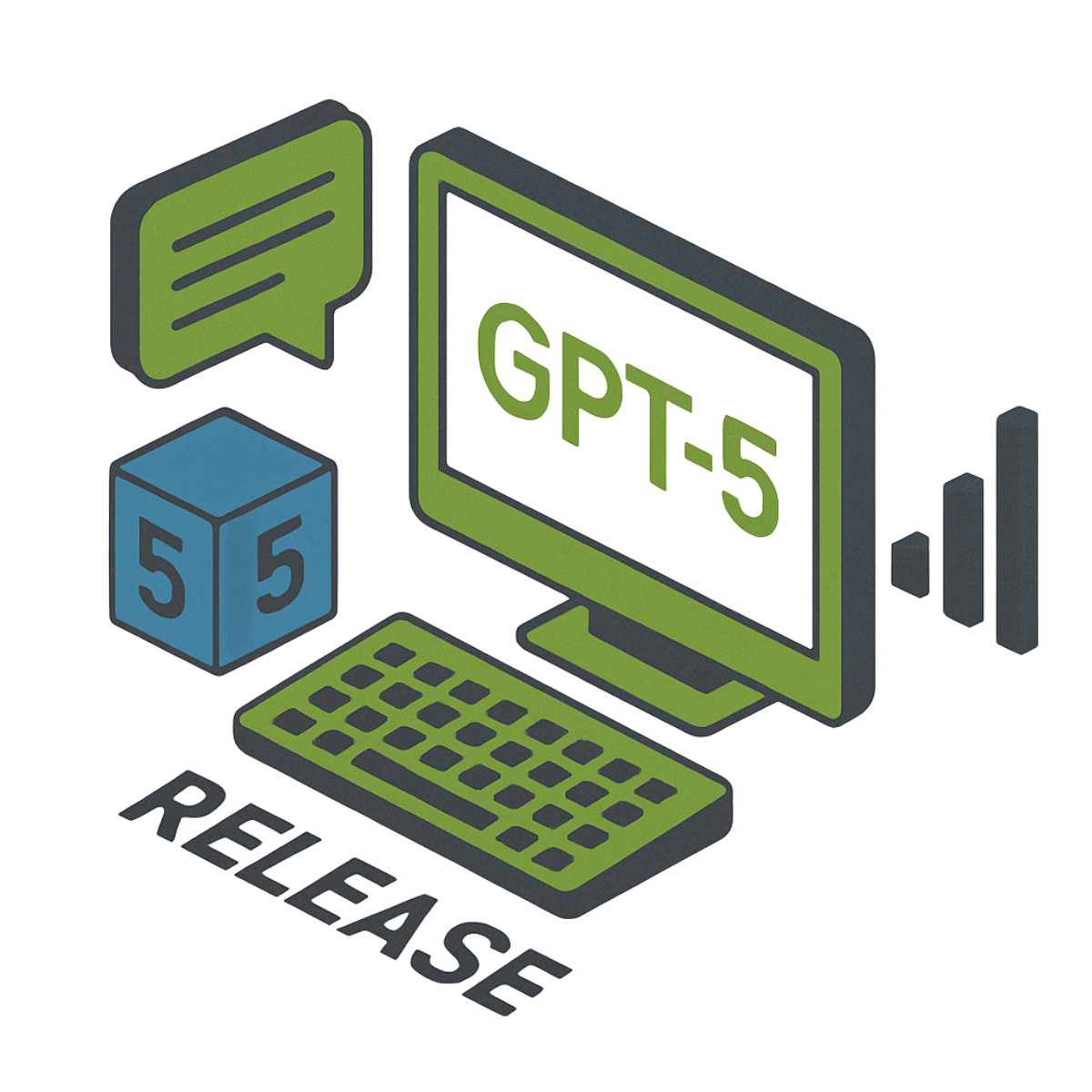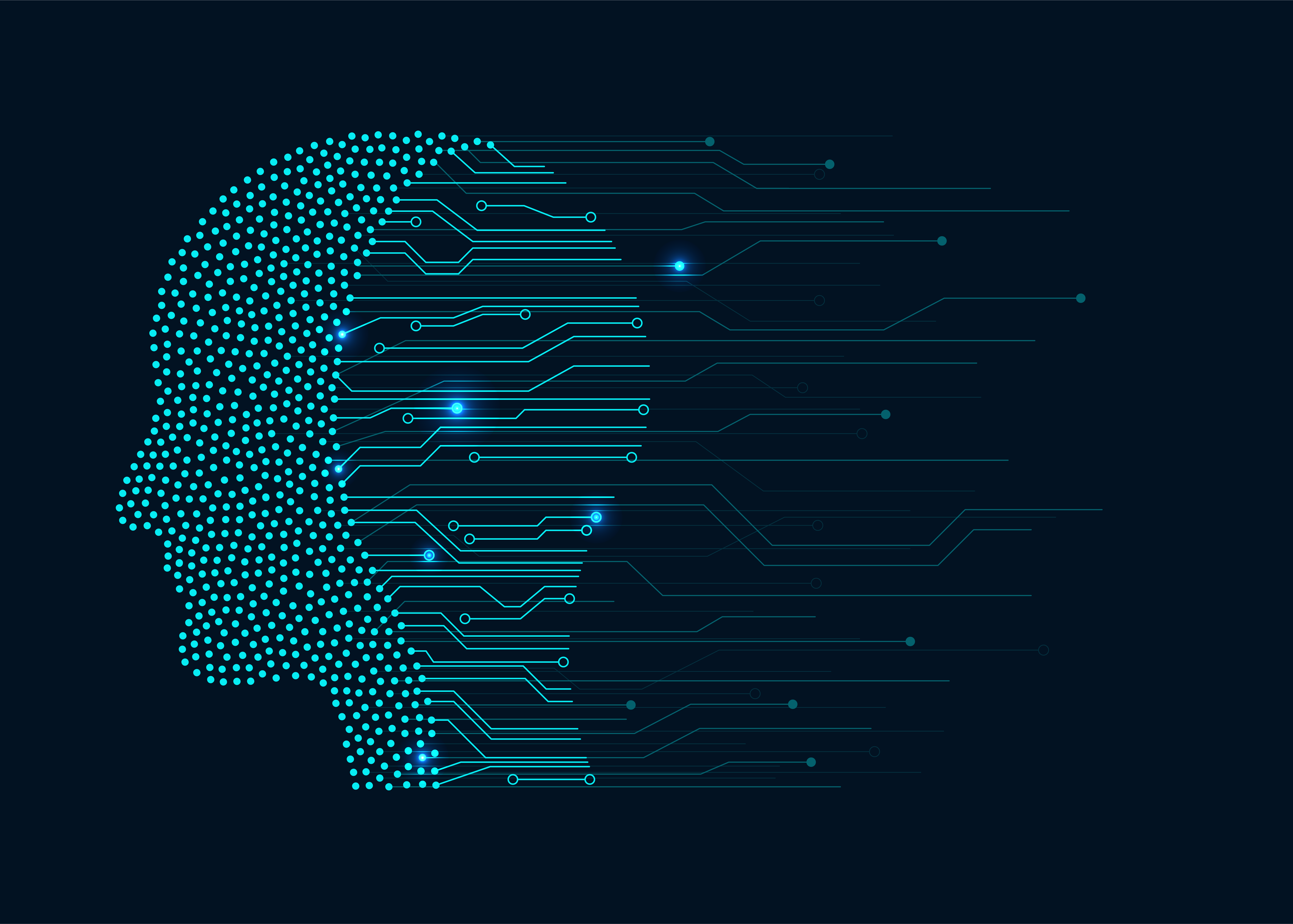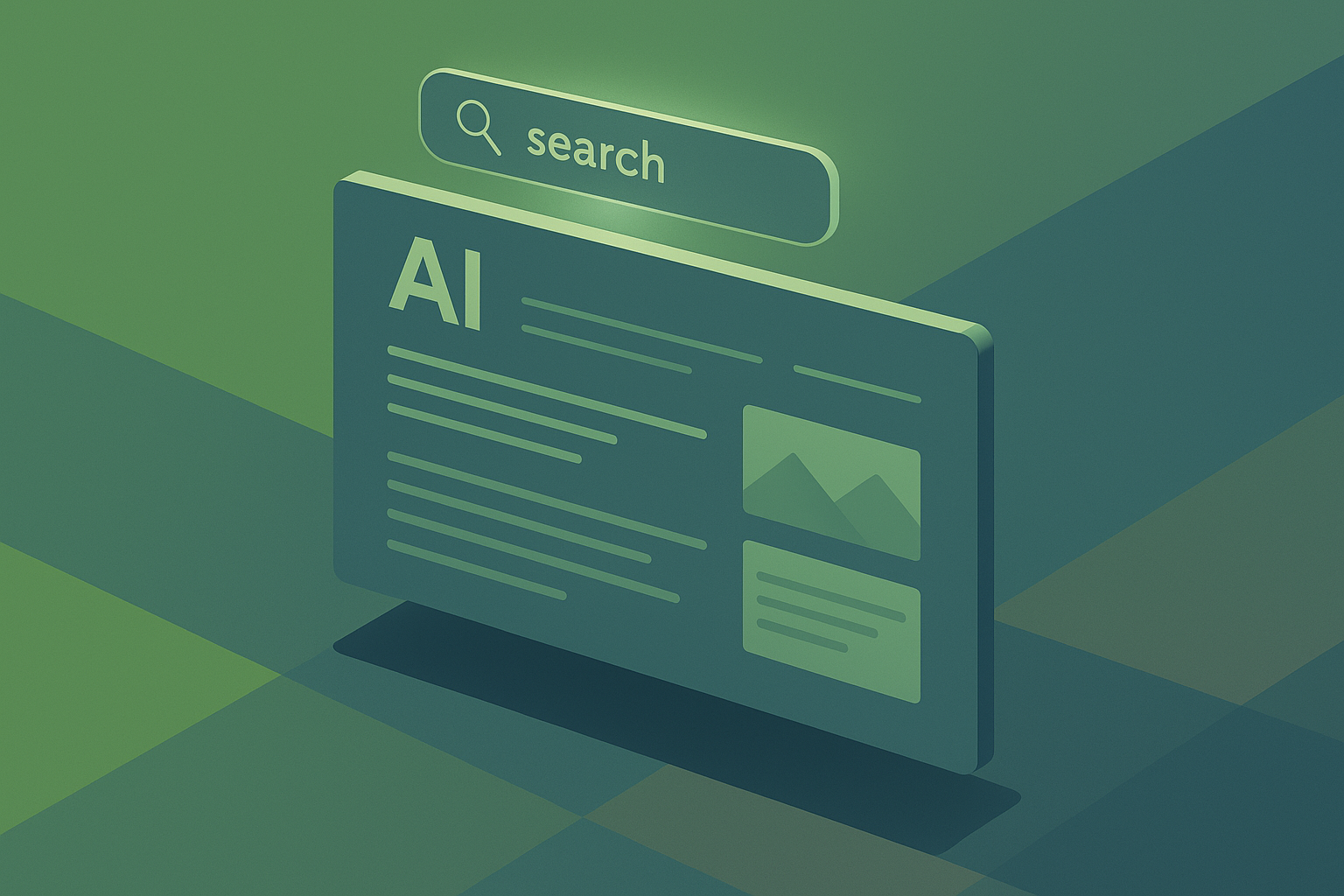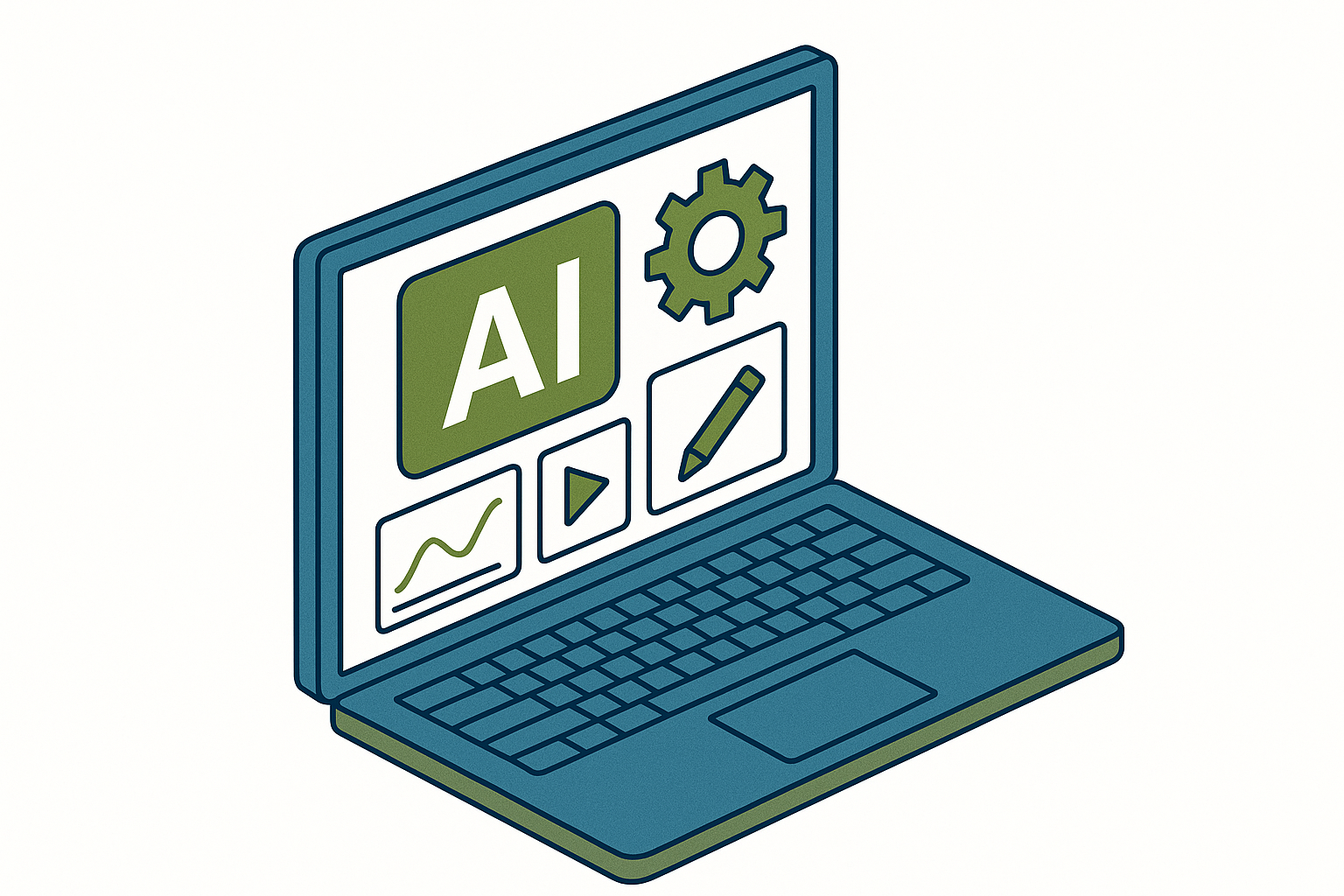Reimagining the Future: How AI is Revolutionizing Professional Services
Throughout history, each wave of technological advancement—from the assembly line to automation—has reshaped industries. Now, artificial intelligence...
3 min read
Christine Hollinden : Aug 11, 2025 4:53:00 PM

OpenAI has begun rolling out GPT‑5, the most advanced version of its flagship language model, across all ChatGPT accounts. With significant improvements in performance, usability, and reasoning, GPT‑5 raises the bar for how businesses can leverage AI to solve problems, streamline operations, and innovate faster.
According to OpenAI, GPT‑5 is faster, more accurate, and more useful than previous models, with a substantially lower rate of hallucination. CEO Sam Altman called it “a significant step along the path to AGI,” referring to artificial general intelligence, defined in OpenAI’s charter as “a highly autonomous system that outperforms humans at most economically valuable work.” While GPT‑5 is more capable, it still lacks key features like continuous learning, which are essential for achieving true AGI.
GPT‑5 has emerged as a frontrunner. One of its most notable upgrades is the introduction of a unified model experience. Rather than asking users to choose between reasoning levels, the system now intelligently determines whether to use standard or deeper reasoning, streamlining the experience while enhancing the quality of output.
The model also features a 256,000-token context window, enabling it to understand and retain information across long documents, complex codebases, or extensive multi-file workflows.
OpenAI has introduced several specialized model variants:
GPT‑5-mini: optimized for speed and lightweight tasks
GPT‑5-Thinking: designed for more deliberate reasoning
GPT‑5-Pro and GPT‑5-Thinking-Pro: available to Pro and Team subscribers, these offer greater capacity for demanding workloads
With its new capabilities, GPT‑5 continues to mature as a tool for business. It now integrates directly with Gmail, Google Calendar, and Google Contacts (initially for Pro users), allowing it to reference contextual information from these platforms without requiring manual uploads or prompts.
Customization features have also expanded. Users can select from four conversational personas—Listener, Nerd, Cynic, and Robot, and adjust the visual interface to suit their preferences. These options are expected to roll out in voice mode soon, enhancing flexibility for different work styles.
On the functionality side, GPT‑5 maintains access to advanced tools like web search, image understanding, file analysis, and Canvas, which enables users to create dashboards or prototypes through simple natural language prompts. These features make it easier for non-technical teams to build internal tools or explore ideas quickly.
GPT‑5 is now gradually becoming the default model across ChatGPT on web, mobile, and desktop. For most users, switching between models is no longer necessary. However, Pro and Team subscribers retain the option to toggle between versions, including legacy models, in their settings—for now.
Importantly, OpenAI has clarified how existing chats will be handled. If a conversation was previously powered by models like GPT‑4o, GPT‑4.1, or GPT‑4.5, it will automatically open using GPT‑5. Chats created with o3 will transition to GPT‑5-Thinking, and those with o3-Pro will open in GPT‑5-Pro. This automatic migration ensures continuity in both performance and context.
Alongside its performance improvements, GPT‑5 includes safety enhancements. According to OpenAI safety research lead Alex Beutel, the company has "significantly decreased the rates of deception in GPT‑5," tackling a persistent issue in language models where the AI may generate false or misleading information.
OpenAI’s system card for GPT‑5 further explains that the model has been trained to "fail gracefully" when presented with unsolvable problems. While efforts to mitigate deception, cheating, and hacking behaviors are ongoing, the company acknowledges that more research is needed to make these protections fully reliable.
The arrival of GPT‑5 signals a clear evolution in how AI is being integrated into the modern workplace. With faster response times, enhanced reasoning, lower hallucination rates, and a more intuitive interface, it sets a new standard for what businesses can expect from generative tools.
GPT‑5 is reshaping what’s possible in business, but real impact starts with the right strategy. Whether you’re exploring automation, enhancing client experience, or building smarter internal processes, Hollinden helps firms turn AI potential into measurable results. Explore our services.
GPT‑5 by OpenAI is currently considered the most advanced AI model available to the public. It features faster processing, lower hallucination rates, deeper reasoning capabilities, and an expanded 256,000-token memory window. It also introduces specialized variants like GPT‑5-Thinking and GPT‑5-Pro for high-demand tasks.
GPT‑5 delivers significantly more accurate AI responses compared to previous models. OpenAI reports a noticeable drop in hallucinations (false or misleading output), and the system is trained to “fail gracefully” when it cannot solve a problem. These improvements make GPT‑5 more reliable for business and professional use.
Yes. ChatGPT now includes productivity integrations with Gmail, Google Calendar, and Google Contacts, allowing AI to access context without manual setup. GPT‑5 also offers tools like file analysis, image understanding, and dashboard creation through Canvas, making it ideal for both technical and non-technical teams.
The Hollinden Point of View brings you monthly insights tailored to helping you grow your firm.

Throughout history, each wave of technological advancement—from the assembly line to automation—has reshaped industries. Now, artificial intelligence...

For the first time in nearly a decade, Google’s global search market share slipped under 90%. Apple confirmed that Google search volume declined for...

Artificial intelligence tools are no longer optional. From accounting firms to M&A advisors and professional services teams, generative AI tools and...